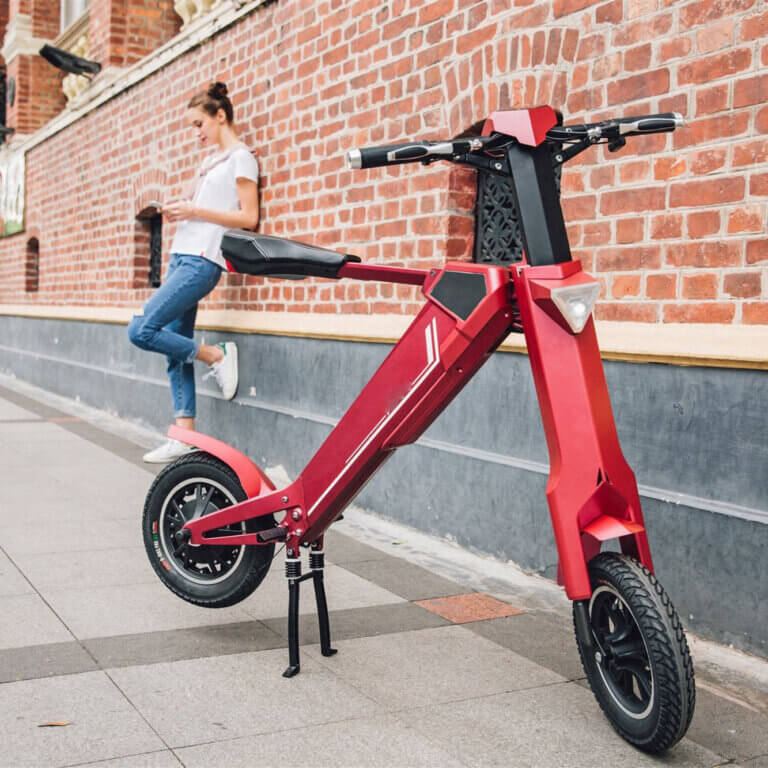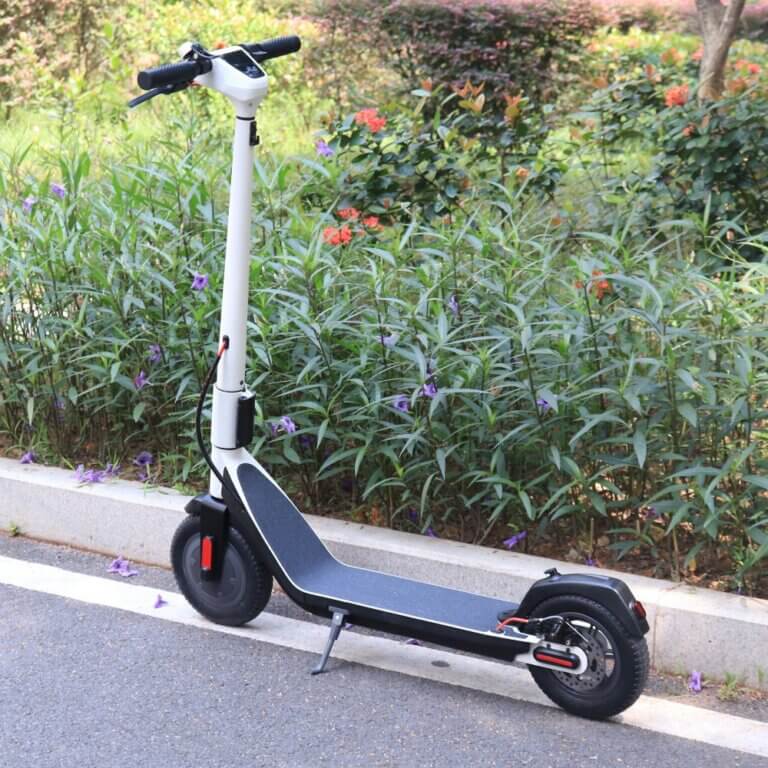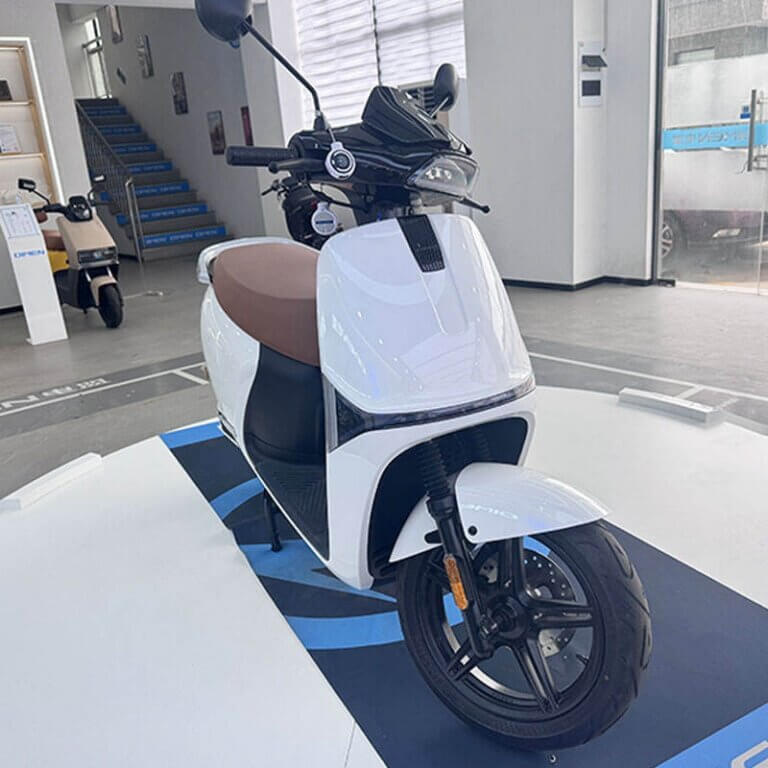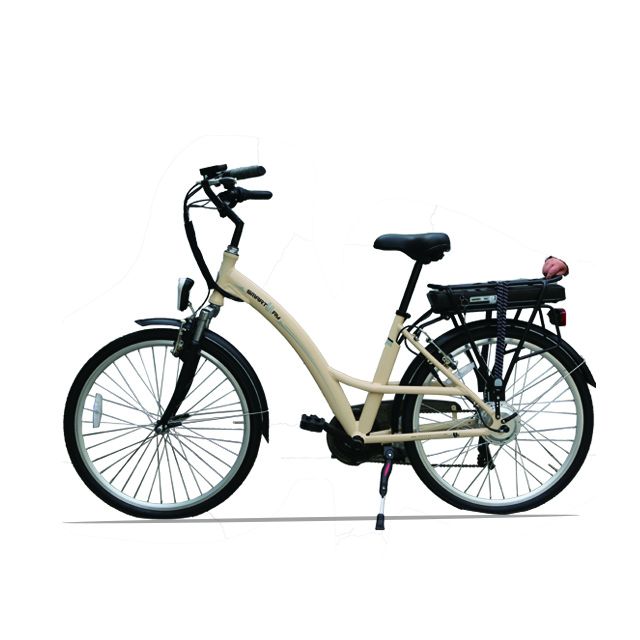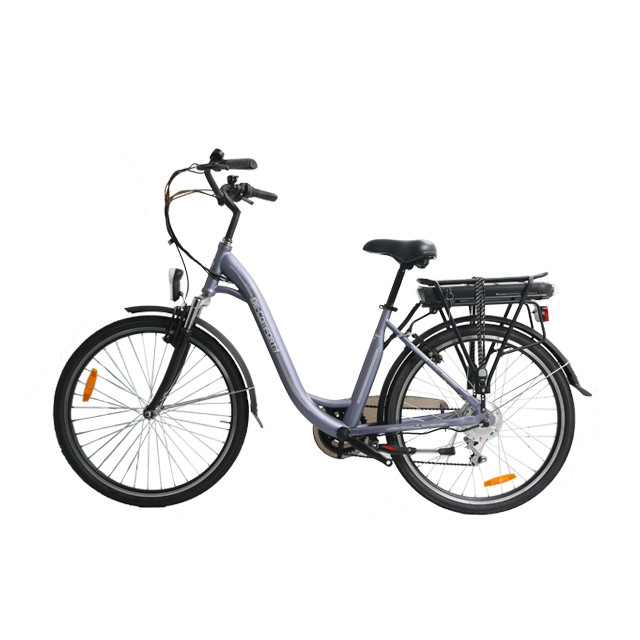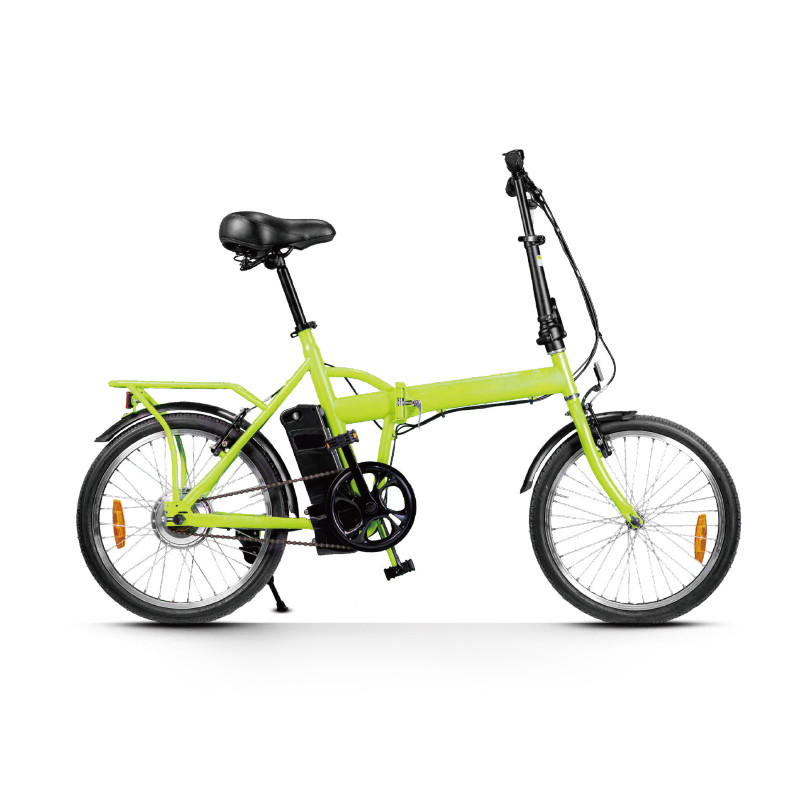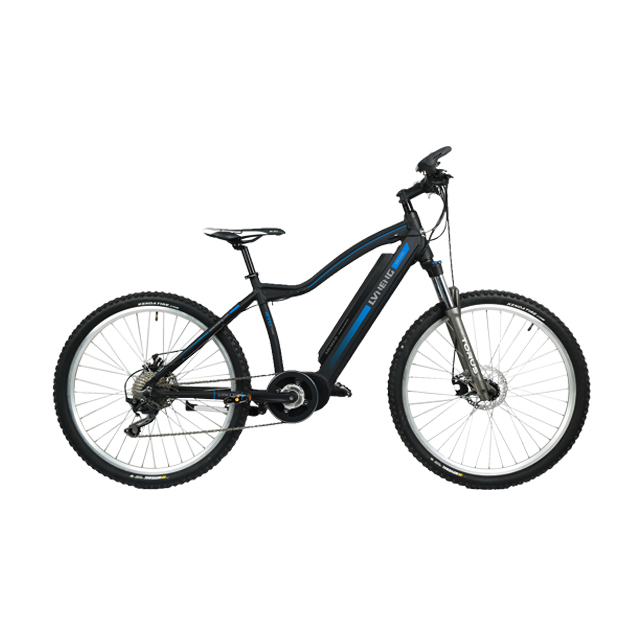-
414 Blocco B, ZT Times Plaza, Wuhan, Hubei, Cina
Blog
Avviare un programma di condivisione di scooter nella vostra zona
Programma Sharing Scooter: prima il permesso, dopo il pilota
Tesi: Non lanciatevi prima di avere un'autorizzazione con i fiocchi, poi eseguite un pilota a tempo.
- Perché funziona: Le città hanno bisogno di leve di controllo: massimali, zone di servizio, KPI di risposta, condivisione dei dati. Un progetto pilota di 6-12 mesi mantiene tutti onesti.
- Cosa scrivere nel permesso: assicurazione, piano di sicurezza, SLA di riequilibrio, tempi di parcheggio/spazio, specifiche GBFS/telemetria, privacy, penali, regole di servizio eque.
- Punti di controllo dei piloti: scorecard operativo settimanale (disponibilità, utilizzo, incidenti, reclami chiusi), quindi scalare o ridurre.
Pianificazione della densità di parcheggi e flotte per lo scooter sharing
Tesi: Il design dei parcheggi non è "bello da avere", è il leva.
- Layout: area di servizio ≥ ~10 km²; 10-16 stalli di sosta designati per km²; distanza tra gli stalli ≤250 m.
- Controlli: QR + geofenced end-trip, segnaletica sul marciapiede, piastrelle tattili dove necessario.
- Risultato: meno reclami, meno ingombro del marciapiede, migliore rotazione.
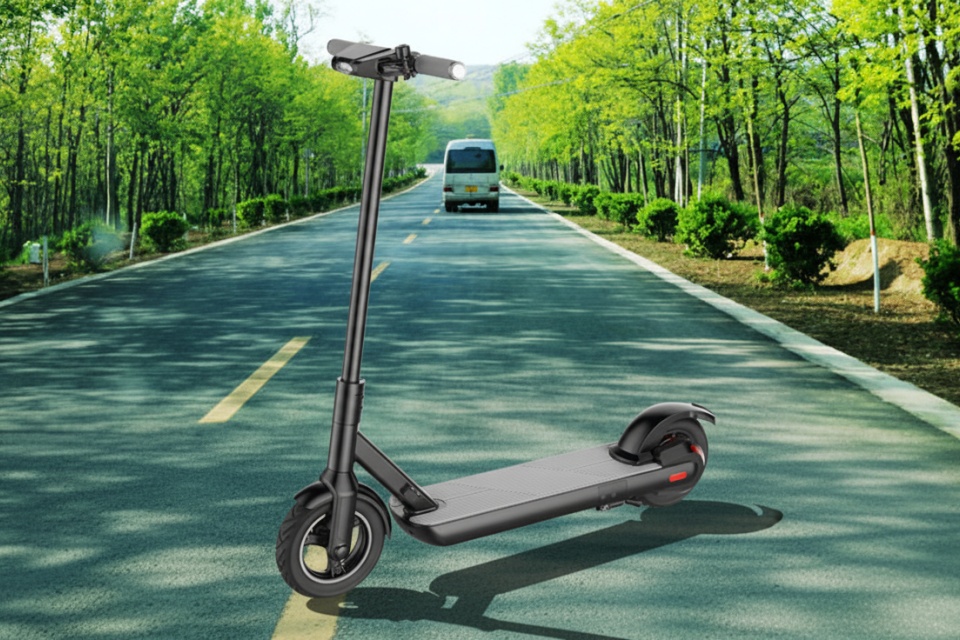
Sicurezza della micromobilità: controlli di base e controlli effettivi sugli infortuni
Tesi: I KPI di sicurezza battono gli slogan.
- Schema noto: Le lesioni alla testa sono comuni; le ore notturne e l'alcol aumentano il rischio.
- Controlli che spostano l'ago della bilancia: zone lente dinamiche (10-15 miglia orarie), riduzione della velocità a tarda notte, incentivi per l'uso del casco, applicazione congiunta della legge sulla guida in stato di ebbrezza, modalità principiante nell'app, avvisi di frenata brusca per le operazioni.
- Cosa pubblicare: Incidenti per 100.000 viaggi, tempo di liquidazione delle segnalazioni di pericolo, tasso di riscatto dei caschi. Mantenere la trasparenza.
Ciclo di vita e sostenibilità degli scooter elettrici (LCA)
Tesi: La storia "verde" dipende dalla durata dell'hardware e dal modello operativo.
- Leve: batterie intercambiabili, parti modulari, riparabilità, standard di durata del ponte/collo più lunghi, hub di ricarica ecologici.
- Lettura del campo: Sostituzione di viaggi in auto = vittoria; sostituzione di spostamenti a piedi o in bicicletta = scarso; furgoni diesel per il riequilibrio = perdita. Progettare le operazioni per evitare tutto ciò.
Accesso e inclusione equi
Tesi: Costruire per tuttiNon solo i professionisti del centro città.
- Tattica: ricariche in contanti, piani a basso reddito, UI/UX semplificata, formazione degli utenti, canali di reclamo accessibili, SLA di 60 minuti per la rimozione degli ostacoli, ambasciatori della comunità.
- Perché vi interesserà: copertura politica più forte, maggiore ritenzione nei distretti "a freddo".
Dati e API: GBFS e metriche operative
Tesi: I dati sono la vostra licenza sociale.
- Standard: GBFS (stato del veicolo, ore di sistema, geofence), esportazioni mensili di KPI, protezioni per la privacy.
- Metriche che contano: disponibilità %, tasso di percorrenza perfetto, tempo di prima risposta, NPS, tempo di attività del dispositivo, stato di salute del ciclo della batteria. Legate ad essi incentivi/penalità.
Adattabilità del prodotto: hardware per scooter pieghevoli e condivisibili che vengono effettivamente spediti
Servono veicoli in grado di sopravvivere al mondo reale, ma anche di adattarsi agli scenari (campus, ferrovia pendolare, turismo, "primo miglio" suburbano).
- Categoria Sharing Scooter (pronto per la flotta): Telaio antivandalo, grado di protezione IP, serratura IoT, pacco intercambiabile, motore con altezza in salita, drop-in con il vostro MNO.
- Vedere la categoria: Scooter da condividere
- Pendolari pieghevoli (commercio all'ingrosso B2B, flotte, incentivi): compatto, a ripiegamento rapido e più leggero, utile per i pacchetti dei partner e gli armadietti MaaS.
Opzioni concrete da catalogo (OEM/ODM friendly):
- Miglior scooter elettrico pieghevole per pendolarismo bicicletta grossista - Super S: pieghevole e compatto, adatto per i pendolari, per i viaggi in treno verso l'ufficio.
- FS Pro mobilità scooter elettrico per adulti fornitore: telaio più robusto per i tagli di marciapiede più impegnativi; ottimo per le città con terreni misti e cicli di lavoro più intensi.
- S1 scooter elettrico pieghevole per adulti 300 lbs fabbrica: elevato coefficiente di carico; è adatto ai motociclisti più pesanti e ai compiti più leggeri.
Nota a margine: per i quartieri centrali ad alta densità spesso specifichiamo una Urbano M pacchetto: attacco manubrio più rigido, forcelle rinforzate, mozzo silenzioso e una mappa di controllo "low-drama". Meno oscillazioni, meno multe. Sembra una cosa da poco, ma risparmia grattacapi.
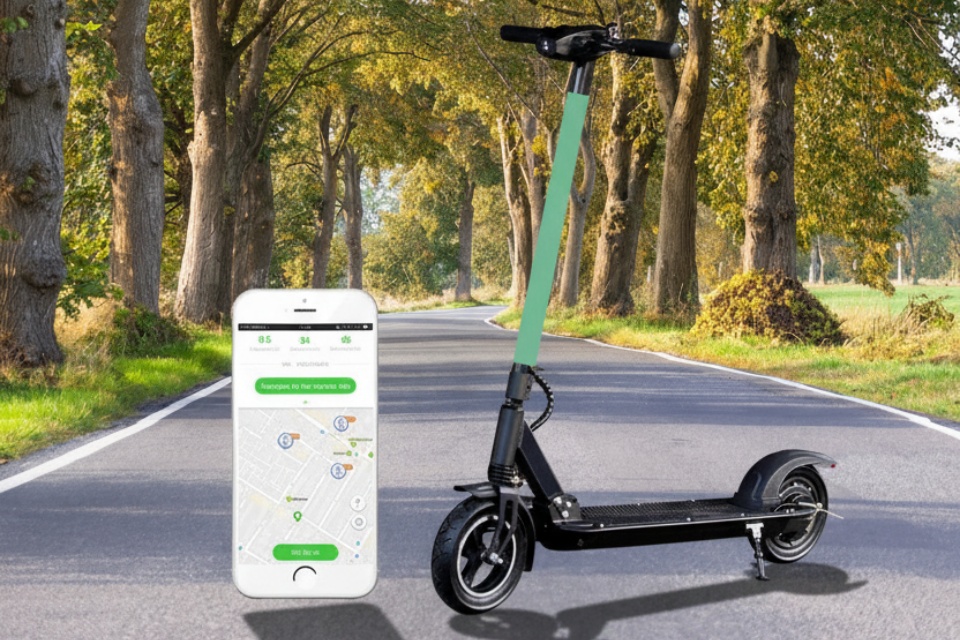
Scenari del mondo reale
- Centro città ricco di trasporti: zone lente intorno alle stazioni; parcheggi sulle linee del desiderio; flotta ad alto turnover (pacchi più piccoli, più banchine). FS Pro per la tolleranza agli abusi.
- Campus universitario: quad senza guida e georeferenziato; modalità principianti nell'app; prezzi per gli studenti; Super S per i viaggi da un dormitorio all'altro (si piega e si ripone velocemente).
- Turismo sul lungomare: geofencefali a percorso fisso con indicazioni vocali; checkpoint fotografici; S1 per la tolleranza al peso e i ponti di cresta.
- Nodo suburbano: connettori park-and-ride; manopole sottoposte a trattamento termico; incentivi per il "ritorno all'hub" nelle notti e nei fine settimana.
Argomento → Evidenza → Fonte
| Argomento (cosa fare) | Evidenza / punto di riferimento (illustrativo) | Fonte (solo nome) |
|---|---|---|
| Prima il permesso, poi il pilota | I piloti danno alle città delle leve: dimensionamento delle flotte, controllo dei parcheggi, decisioni basate sui dati | NACTO, "Linee guida per la regolamentazione della micromobilità condivisa". |
| Parcheggio denso e progettato | ~10-16 baie/km², spaziatura ≤250 m riduce l'ingombro e i reclami | Libri di testo per l'industria; manuali per i piloti municipali |
| Controlli per la sicurezza | Le lesioni alla testa sono comuni; la notte e l'alcool aumentano i rischi; le zone lente e i caschi aiutano | Dipartimenti sanitari delle città; analisi degli infortuni in stile CDC |
| LCA dipende dalle operazioni | Batterie intercambiabili e componenti modulari riducono l'impatto per km; la sostituzione dei viaggi in auto è la soluzione più efficace. | Studi sulla micromobilità dell'OCSE/ITF; letteratura accademica LCA |
| L'equità spinge all'adozione | Opzioni in contanti, piani a basso reddito, SLA di 60 minuti per l'ostruzione migliorano la fiducia | Guida ITDP; requisiti RFP della città |
| I dati sono la licenza | GBFS + divulgazione di KPI mensili; legare gli incentivi alle metriche | NACTO; permessi comunali e modelli RFP |
Mappatura rapida tra specifiche e scenari
| Scenario | Scelta dell'hardware | Perché si adatta | Nota operativa |
|---|---|---|---|
| Corse a pranzo in CBD | FS Pro | telaio rigido, ciclo di lavoro più elevato | zona lenta <15 mph vicino alle stazioni |
| Micromobilità del campus | Super S | leggero, veloce da piegare | modalità principiante; recinti di parcheggio |
| Tempo libero sul lungomare | S1 | Elevata capacità di carico, ponte stabile | percorsi guidati + soste fotografiche |
| Alimentatori suburbani | FS Pro o S1 | coppia per i gradi | crediti per il ritorno all'hub |
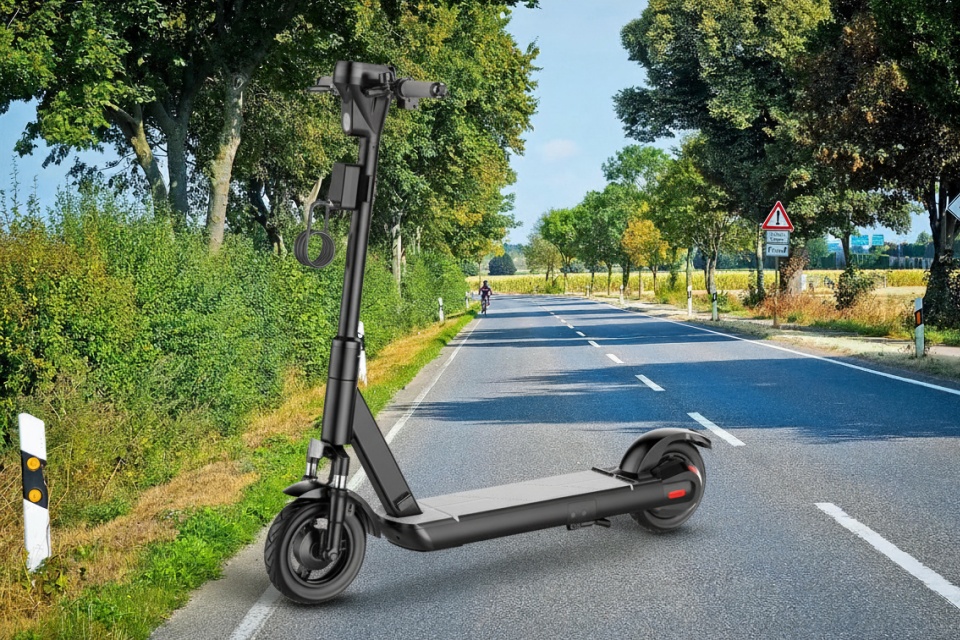
Modello di business
- Leve di reddito: tariffa al minuto, tariffa di sblocco, abbonamenti (giornalieri/settimanali), sovvenzioni dei partner (datore di lavoro/università), pacchetti turistici, livelli di fedeltà.
- Leve di costo: densità di scambio rispetto alle dimensioni della batteria, posizionamento dei gavoni, manutenzione predittiva, strategia per i kit di ricambio, percorso dell'equipaggio.
- Leve di rischio: tamponi contro le intemperie, assicurazione contro gli atti vandalici, tetti flessibili nei permessi, scene diversificate (non affidarsi a un solo distretto).
CTA pulita dal punto di vista SEO
Se avete bisogno di una flotta che sopravviva alla vita dei cordoli, vi mettiamo a disposizione una Urbano M specifiche, pacchetto telemetria e un kit di pilotaggio senza fronzoli.
- Categoria: Scooter da condividere
- Modelli: Super S - FS Pro - S1
TL;DR (lista di controllo tascabile)
- ✅ Autorizzazione con massimali, SLA, GBFS.
- ✅ Pilotaggio di 6-12 mesi, pubblicazione di KPI.
- ✅ Rete di parcheggi: fitta, segnalata, georeferenziata.
- ✅ Pila di sicurezza: zone lente, caschi, controllo della guida in stato di ebbrezza, modalità per principianti.
- ✅ Operazioni con mentalità LCA: swap pack, riparazione modulare, hub verdi.
- ✅ Azioni: opzioni in contanti, piano a basso reddito, liquidazione a 60 minuti.
- ✅ Hardware giusto per la scena: Super S / FS Pro / S1, più Urbano M confezione.




